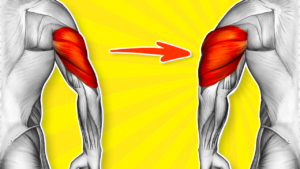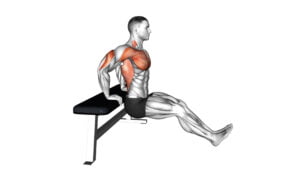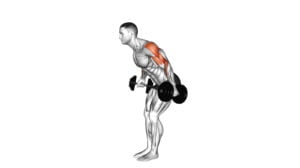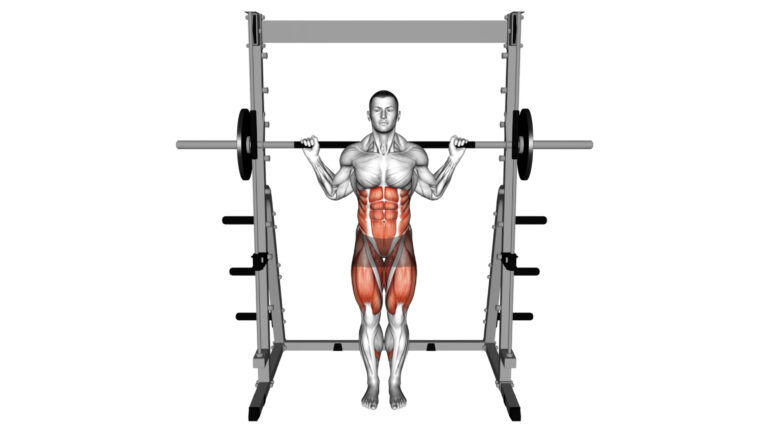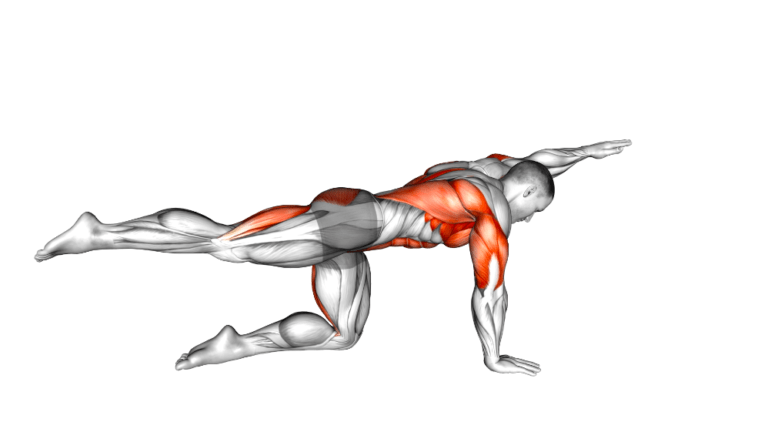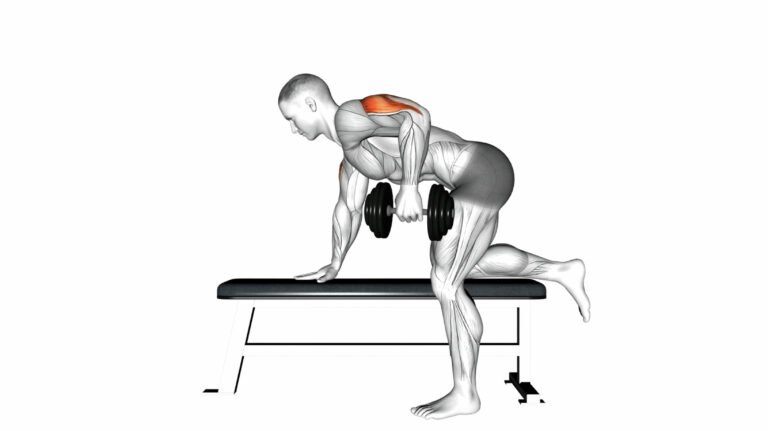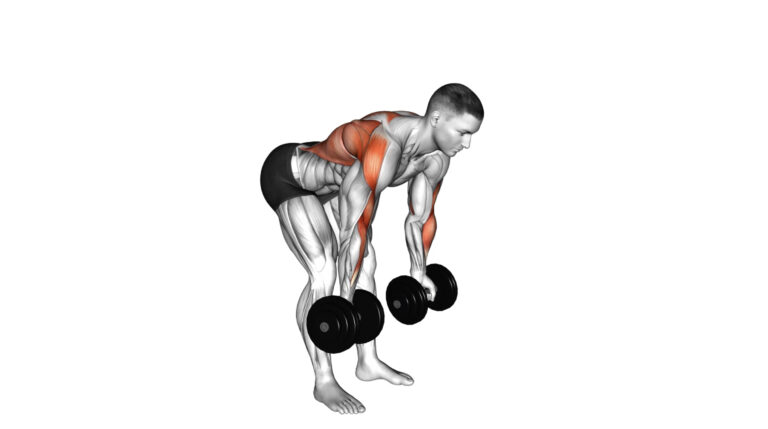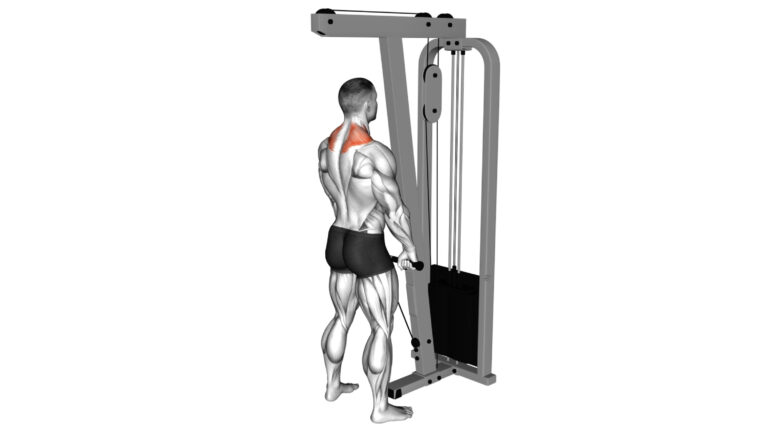10 Best Cable Shoulder Exercises For Maximum Strength And Definition
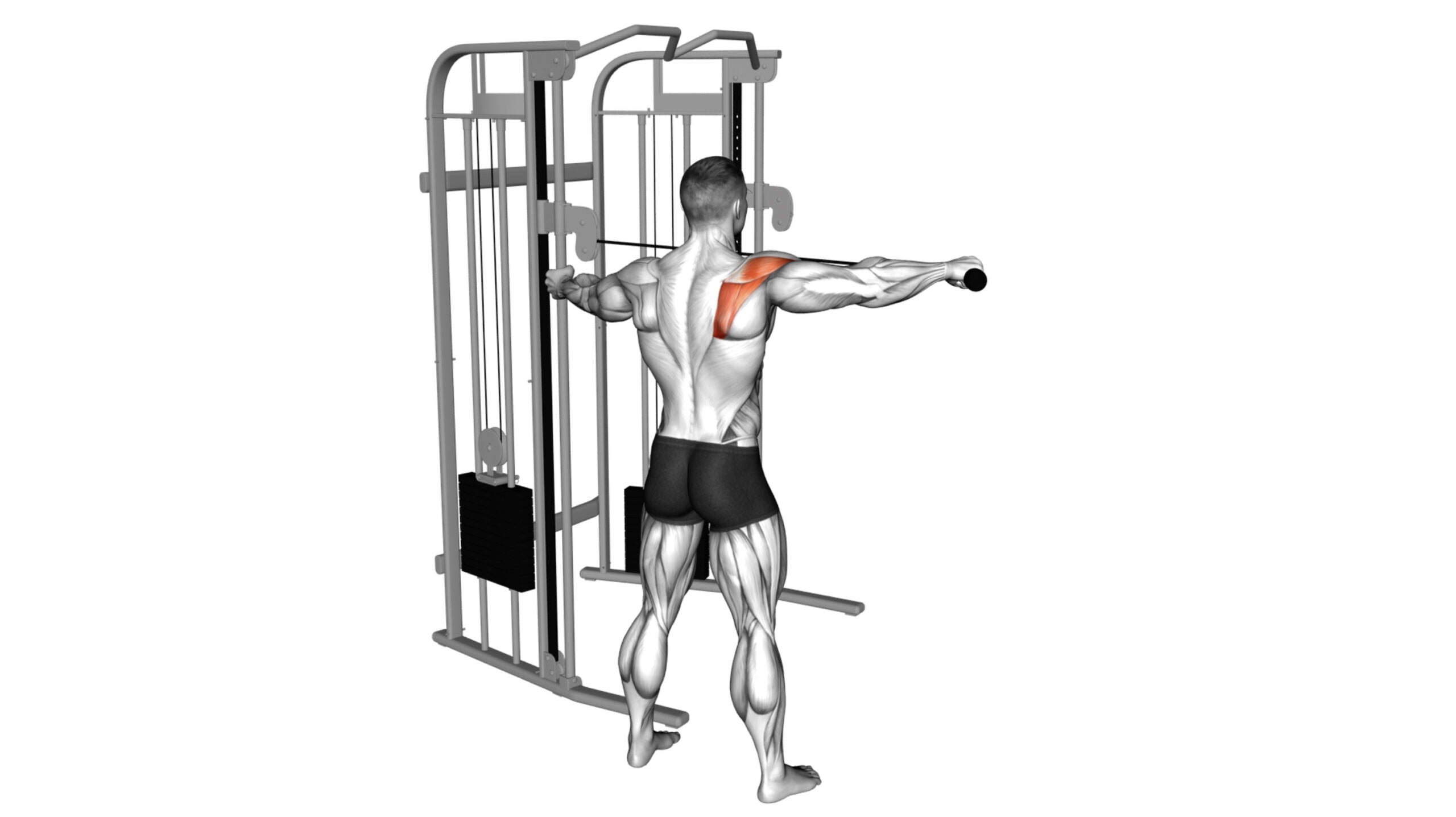
Building formidable shoulders isn’t just about hoisting the heaviest dumbbells you can find; it’s about smart, strategic exercises that carve out strength and definition. As a seasoned fitness coach with years of experience sculpting athletic physiques, I’ve witnessed firsthand how cable machines can revolutionize shoulder workouts.
With their fluid resistance and multi-directional movement, they’re an invaluable tool in your muscle-building arsenal.
If you’re eager to enhance those deltoids for a striking silhouette or increased functional power, the best cable shoulder exercises are your secret weapon. In this deep dive, we’ll uncover ten top-tier movements that target every inch of your shoulder muscles—ensuring not a single fiber is left unchallenged.

Get ready to transform those shoulders into pinnacles of strength and definition. Keep reading; what awaits could redefine your training regimen.
Key Takeaways
- Cable shoulder exercises are dynamic, allowing for versatile movements that target all parts of the deltoids and facilitate muscle growth with constant tension.
- Precise body positioning during cable workouts ensures optimal alignment, maximizing muscle development while minimizing joint strain and injury risk.
- Cable machines provide consistent resistance, helping to isolate specific shoulder muscles more effectively compared to free weights which can lead to more defined and strengthened shoulders.
- The article includes a variety of exercises such as Cable Y raise and Cable Upright Row that engage different areas of the shoulder, important for balanced development and increased functionality.
- To achieve an effective cable shoulder workout routine, it’s essential to incorporate warm – ups, choose the correct weight and rep range based on fitness goals, and utilize various angles through diverse exercise selection.
The Benefits of Cable Shoulder Exercises
Cable shoulder exercises offer numerous benefits, including the ability to perform versatile movements and isolate specific shoulder muscles. They also provide consistent and safe loading, allowing for precise body positioning during each exercise.
This makes them an effective choice for building maximum strength and definition in the shoulders.
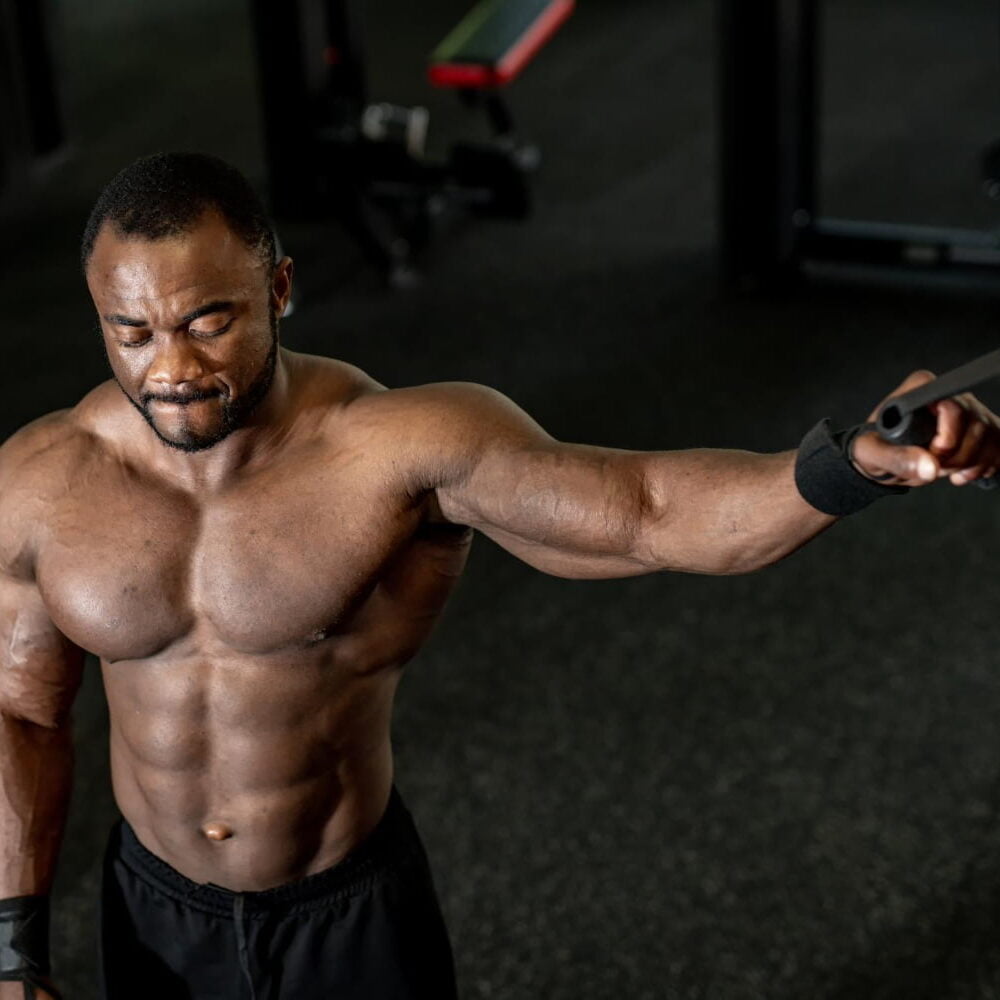
Allows for versatile movements
Harnessing the power of cable machines unlocks a diverse range of movements that traditional free weights can’t match. With cables, your shoulder workout becomes a playground of angles and exercises tailored to hit every part of your deltoids.
You’re not just moving up and down; you can pull from any direction. This freedom enables you to sculpt your shoulders with precision—targeting anterior, medial, and posterior deltoids through internal or external rotation, abduction, and press movements.
The constant tension provided by the cable machine ensures that each rep works your muscles harder for muscle growth and definition. Whether it’s lateral raises for those side delts or rear delt flys for postural balance, cables allow smooth transitions between exercises without losing muscle activation.
This versatility is key in designing an effective resistance training routine that keeps your body guessing and muscles growing.
Allows for precise body positioning
Moving beyond the diverse range of movements available through cable exercises, precise body positioning stands out as a key advantage. This precision ensures that you can target your shoulder muscles from the best angles, hitting every part of the deltoids effectively.
With cables, you’re not just going through motions; you’re engaging in deliberate actions that allow for detailed adjustments to your stance and arm placement. Each movement can be calibrated to put focus right where it’s needed, be it on strengthening your rotator cuff or carving definition into your medial deltoids.
Achieving optimal alignment during workouts is crucial for muscle development and joint health. Cable machines facilitate this by enabling minor tweaks in posture and hand position which contribute to better outcomes and less risk of injury.
Whether you want to emphasize tension on the front delts during a press or engage the rear deltoids with flyes, cable shoulder exercises give you control over every detail of your workout routine.
This control translates into more effective training sessions where each repetition is an opportunity for progress without compromise on safety or technique.

Provides consistent and safe loading
Cable shoulder exercises stand out for their ability to offer a stable and controlled level of resistance, which is crucial for protecting the complex structure of the shoulder joint.
Unlike free weights where gravity dictates movement, cables create resistance from various angles, allowing your deltoids to engage consistently throughout each exercise. This consistency helps prevent the common pitfalls of lifting too much weight or using momentum instead of muscle power, both of which can lead to injury.
With cable machines, you’re less likely to compromise form because the steady load keeps your muscles under constant tension. This continuous stress not only builds strength but also ensures that you’re working within a safe range that’s aligned with your shoulders’ natural movement patterns.
By minimizing strain during workouts, cable routines significantly reduce the risk associated with erratic loads often experienced in other forms of weightlifting like barbells or dumbbells.
Whether targeting rear delts or performing upright rows, incorporating cables into your workout regimen means smoother movements and safer sessions for long-term shoulder health and development.
Helps isolate specific shoulder muscles
Isolating specific shoulder muscles is crucial for targeted strength and development. Cable shoulder exercises, such as the Cable Y raise and Cable Upright Row, are effective in isolating the anterior deltoid, middle deltoid, and other shoulder muscles.
By utilizing cables, constant tension is maintained throughout each movement, ensuring that the designated muscles are effectively engaged for maximum benefit. This approach can lead to enhanced muscle activation and growth while minimizing strain on other muscle groups.
By incorporating cable exercises into your workout routine, you can specifically target the shoulders without relying heavily on surrounding musculature. Whether aiming to strengthen weak areas or achieve greater definition in specific shoulder muscles, integrating cable exercises offers a precise and efficient method for isolation training.
The 10 Best Cable Shoulder Exercises
Discover the best cable shoulder exercises to maximize your strength and definition. Click here to learn more!
1. Cable Y raise
To perform a Cable Y raise, start by standing in front of the cable machine with the handles set at the lowest position. Grabbing the handles, pull them up and out to form a “Y” shape with your arms.
The exercise effectively targets the rear delts and upper traps, contributing to improved shoulder stability and overall shoulder development. This movement is crucial for preventing imbalances in the shoulder muscles while building strength and enhancing definition.
With proper form and controlled movement during each repetition, maximum effectiveness can be achieved while reducing the risk of injury. By incorporating Cable Y raises into a comprehensive shoulder workout routine, individuals can enhance their shoulder strength, improve muscle definition, and promote balanced shoulder development leading to better performance in various activities that require strong shoulders.
2. Cable Upright Row
Transitioning from the Cable Y raise to the next exercise, Cable Upright Row is an effective way to target your shoulders, traps, and upper back muscles using a cable machine and a straight or EZ-bar attachment.
It’s important to maintain proper form throughout this exercise to prevent injury.
To perform Cable Upright Row, stand facing the cable machine with your feet shoulder-width apart. Grasp the bar with an overhand grip slightly closer than shoulder width. Keep your chest up, core tight, and shoulders pulled back as you lift the bar straight up towards your chin while keeping it close to your body.
3. Cable twisting overhead press
The cable twisting overhead press is an effective exercise that targets the deltoid muscles. By incorporating a twisting motion, this exercise also engages the core muscles, providing a comprehensive workout.
It can be performed in both standing and sitting positions, offering versatility to suit individual preferences and physical capabilities.
Proper form and control are crucial for maximizing effectiveness and reducing the risk of injury when performing the cable twisting overhead press. Engaging core stability while executing the twisting motion contributes to overall strength development in addition to shoulder muscle targeting.
4. Cable Standing Single Delt Row
Transitioning from the cable twisting overhead press, the Cable Standing Single Delt Row is an effective unilateral exercise that targets the deltoid muscles to enhance shoulder strength and definition.
By engaging one side of the body at a time, this exercise helps address muscle imbalances while improving shoulder stability. The use of cables in this movement provides consistent tension on the deltoids, leading to greater muscle engagement and growth.
Different variations and grip positions can be employed to specifically target various parts of the deltoid muscles, making it a versatile addition to any shoulder workout routine aimed at increasing strength and definition.
5. Cable Standing Front Raise Variation
The Cable Standing Front Raise Variation is a top-notch exercise for honing the front deltoids and adding depth to a shoulder workout. It involves using the cable machine while standing, which provides unique resistance and angles not achievable with traditional dumbbell front raises.
This variation offers versatility as it can be performed with different grips and hand positions to target specific areas of the shoulders, helping in building strength and muscle definition.
This exercise is an excellent addition to any shoulder routine, offering diversity in resistance compared to other exercises. The Cable Standing Front Raise Variation allows individuals to modify their positioning and grip, delivering tailored benefits based on individual needs and goals.
6. Cable Standing Cross over High Reverse Fly
The Cable Standing Cross over High Reverse Fly is a targeted exercise that focuses on the rear deltoids and upper back muscles. By crossing the cables in front of your body and pulling them apart in a reverse flying motion, you engage these specific muscle groups effectively.
This movement contributes to improved shoulder strength, stability, and definition. Emphasizing proper form and control is crucial to avoid injury while reaping the benefits of this exercise.
Adding the Cable Standing Cross over High Reverse Fly to your shoulder workout routine can help achieve maximum strength and definition in these important muscle groups, making it a valuable inclusion for anyone aiming to enhance their overall shoulder development.
7. Cable Shoulder Press
The cable shoulder press is an effective exercise for targeting the deltoid muscles and building shoulder strength. Performing this exercise with a cable machine allows for constant tension on the muscles throughout the movement, promoting muscle engagement and growth.
Whether standing, seated, or kneeling, there are various positions to perform the cable shoulder press, offering versatility in training.
To avoid injury and maximize results, maintaining proper form and control during the cable shoulder press is crucial. It’s essential to focus on engaging the shoulders without relying on momentum or compensatory movements from other muscle groups.
Incorporating the cable shoulder press into a comprehensive shoulder workout routine can lead to improved overall shoulder strength and definition.
8. Cable Seated Rear Lateral Raise
Perform the cable seated rear lateral raise by sitting on a bench with a cable machine and pulling the handles outward to raise your arms to the side. Focus on maintaining good posture as you execute slow and controlled movements to fully engage your rear deltoid muscles.
This exercise targets the specific muscle group of the rear delts, making it an effective way to strengthen and define this area.
To ensure effectiveness, avoid using momentum during this exercise. By integrating the cable seated rear lateral raise into your shoulder workout routine, you can effectively isolate and develop strength in your rear deltoids, contributing to a well-rounded shoulder development.
9. Cable One Arm Lateral Raise
Engage your lateral deltoids with the Cable One Arm Lateral Raise. Stand beside the cable machine, grip the handle, and raise your arm to shoulder level. Maintain control to target those specific shoulder muscles effectively.
For maximum efficiency and safety, focus on proper form during each repetition. The unilateral nature of this exercise allows you to work one side at a time, promoting balanced muscle development.
Incorporating Cable One Arm Lateral Raises into your routine can contribute significantly to building well-defined and strong shoulders.
10. Cable Kneeling Shoulder Press
The Cable Kneeling Shoulder Press is a versatile exercise that effectively targets the deltoids, helping to build strength and definition in the shoulders. This exercise allows for a full range of motion, creating constant tension on the shoulders and promoting muscle growth while enhancing shoulder stability.
Whether you are looking to increase muscle mass or improve overall shoulder strength, this exercise can be adjusted to accommodate different fitness levels and goals.
Proper form and technique are crucial when performing the Cable Kneeling Shoulder Press. By maintaining correct posture and controlled movements, you can avoid injury while maximizing the effectiveness of each repetition.
Tips for an Effective Cable Shoulder Workout
To have an effective cable shoulder workout, it’s important to start with a proper warm-up and choose the right weight and set/rep range. Additionally, incorporating different angles and variations into your routine can help target all areas of the shoulders for maximum strength and definition.
Proper warm-up
Before starting a cable shoulder workout, it’s crucial to perform a proper warm-up to prevent injury and enhance muscle readiness. Begin with light cardio exercises like jumping jacks or brisk walking to increase heart rate and blood flow.
Following this, incorporate dynamic stretches that target the shoulders, such as arm circles and shoulder rolls. Engaging in specific shoulder mobility exercises can also help loosen up the joints and improve range of motion before diving into the intense cable shoulder exercises.
To prepare for an effective cable shoulder workout, consider performing light sets of each exercise with minimal resistance to activate the specific muscles you’ll be targeting during your main routine.
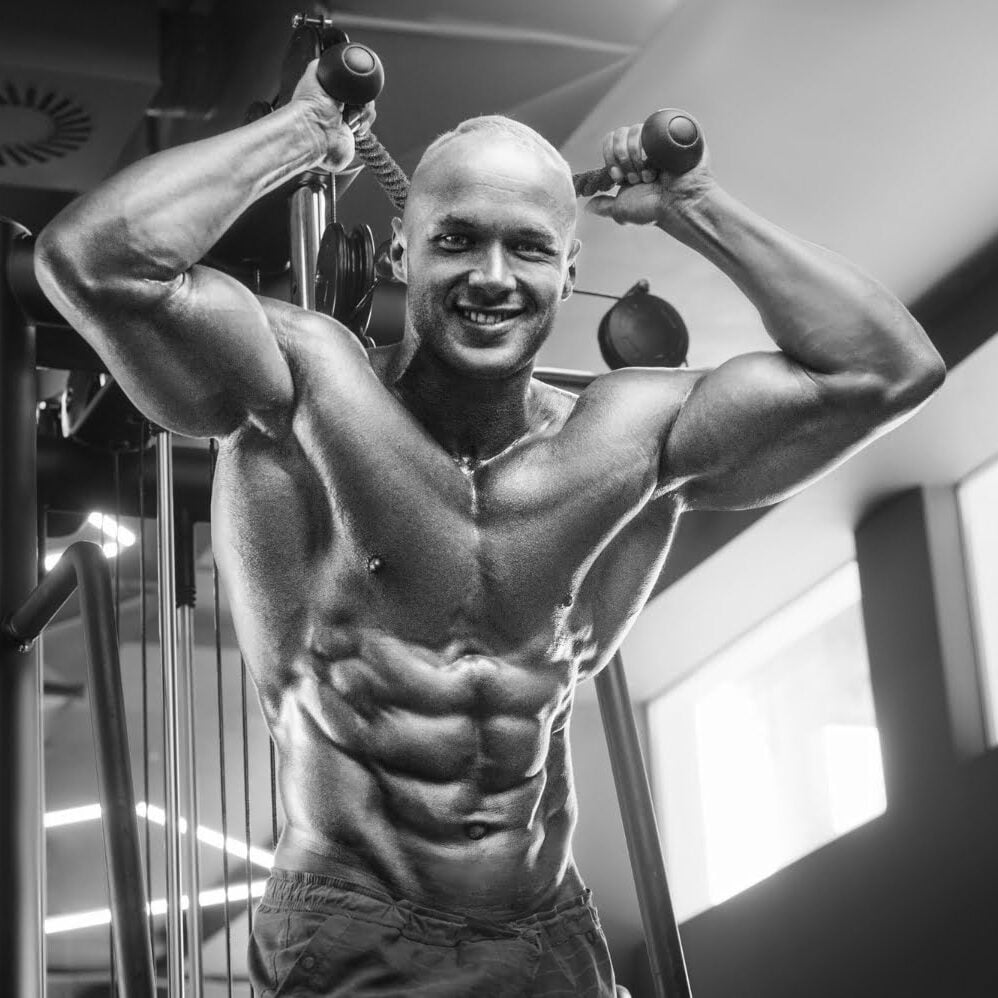
Choosing the right weight and set/rep range
Choose a weight that allows for 8-12 reps with proper form to ensure muscle engagement and avoid injury. Adjust the weight gradually as strength improves, aiming for progressive overload.
The set/rep range can vary based on goals, with higher reps and lower weight for endurance and lower reps with heavier weight for strength and size. It’s crucial to maintain a full range of motion and controlled movements in each exercise.
The right weight should enable proper form and control while providing enough challenge to engage the muscles effectively. Progressive overload through gradual increments in weight or reps is key for continued progress in strength and definition of shoulder muscles.
Recommended Sets And Reps
Determining the ideal number of sets and reps for cable shoulder exercises hinges on individual goals and experience levels. Below is a summarizing guide, laid out in HTML table format, to provide a clear structure for different training objectives.
| Experience Level | Sets | Reps | Goal |
|---|---|---|---|
| Beginners | 2-3 | 10-12 | Building endurance and learning proper form |
| Intermediate | 3-4 | 8-10 | Increasing muscle size and strength |
| Advanced | 4-5 | 6-8 | Maximizing strength and power |
Start with lighter weights to master the form. Gradually increase the load for continuous shoulder development. Remember, consistency and safe progression reign supreme in any strength routine.
Incorporating different angles and variations
Incorporating different angles and variations into your cable shoulder workout allows you to target all three heads of the deltoids, maximizing muscle recruitment and strength. By including exercises like Cable Y raise, Cable Upright Row, and Cable twisting overhead press, you can effectively work on multiple angles and variations for comprehensive shoulder development.
Additionally, integrating movements such as Cable Standing Single Delt Row and Cable Standing Front Raise Variation further diversifies your workout routine to ensure balanced muscle stimulation.
Cable Kneeling Shoulder Press is a beneficial exercise for incorporating different angles and variations in a shoulder workout, especially targeting the front delts and upper chest muscles.
Conclusion

Elevate your shoulder workouts with these best cable exercises, designed for maximum strength and definition. Implementing these practical tips is the key to achieving effective and efficient shoulder training.
How will you incorporate these exercises into your workout routine? Are you ready to experience significant improvements in your shoulder strength and definition? By emphasizing the importance of targeted exercises, success in achieving your fitness goals becomes attainable.
Explore further resources or seek professional guidance for continued growth in this area. Empower yourself with these strategies and witness the transformative impact on your shoulder training journey!
FAQs
1. What makes cable exercises good for shoulder strength and definition?
Cable exercises provide a constant tension during shoulder workouts, targeting the rotator cuff muscles, pecs, lats, and biceps. This leads to effective muscle contraction and hypertrophy for maximum strength and definition.
2. Can cable exercises reduce my risk of shoulder injury?
Yes, by focusing on controlled movement and isolation exercises like rear-delt rows or internal rotations with cables, you can strengthen your shoulders evenly which helps prevent common injuries like shoulder impingement.
3. Why are compound cable exercises important in a workout?
Exercises such as the standing cable press involve multiple joints and muscle groups including shoulders, triceps, and traps; thus helping you build overall upper body strength beyond just isolated muscle growth.
4. How do I target my rear deltoids with cable machines?
To engage your rear deltoids effectively during your workout routine try performing reverse flyes or face pulls with cables these moves will help improve posture as well as define the back of your shoulder blades.
5. Is it possible to work out my entire arm using only a cable machine?
Absolutely! With movements like pronated push-ups or external rotation at different angles on the cable machine you’ll activate not just all parts of the deltoid but also synergist muscles – teres minor infraspinatus supraspinatus subscapularis – of the arm leading to stronger ligaments around those critical points where collar bone humerus meet at acromion process
6. Should beginners start heavy when doing weight training with cables for their shoulders?
Beginners should begin light focusing on form over weight this allows them understand how move properly through pressing up motions without stressing their joints once confident they can gradually increase resistance ensuring consistent progress toward goals

Author
Years ago, the spark of my life’s passion ignited in my mind the moment I stepped into the local gym for the first time. The inaugural bead of perspiration, the initial endeavor, the very first surge of endorphins, and a sense of pride that washed over me post-workout marked the beginning of my deep-seated interest in strength sports, fitness, and sports nutrition. This very curiosity blossomed rapidly into a profound fascination, propelling me to earn a Master’s degree in Physical Education from the Academy of Physical Education in Krakow, followed by a Sports Manager diploma from the Jagiellonian University. My journey of growth led me to gain more specialized qualifications, such as being a certified personal trainer with a focus on sports dietetics, a lifeguard, and an instructor for wellness and corrective gymnastics. Theoretical knowledge paired seamlessly with practical experience, reinforcing my belief that the transformation of individuals under my guidance was also a reflection of my personal growth. This belief holds true even today. Each day, I strive to push the boundaries and explore new realms. These realms gently elevate me to greater heights. The unique combination of passion for my field and the continuous quest for growth fuels my drive to break new ground.





